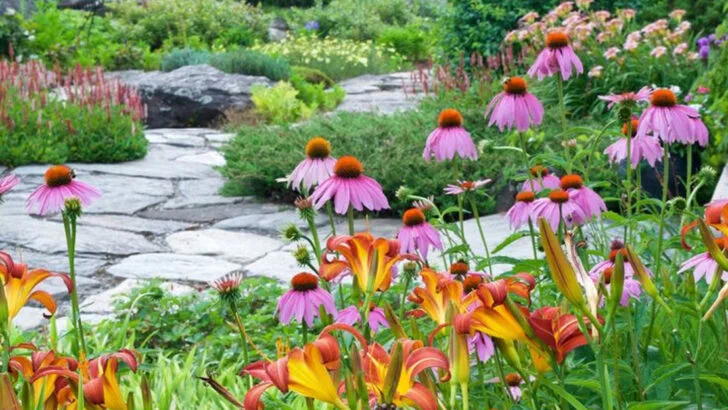Most beginner gardeners focus on watering, sunlight, and a few basic tools—but experienced gardeners know that thriving plants require more than just the obvious. Over time, pros develop a set of habits that may seem small or even unnecessary to newcomers, but they make a huge difference in plant health, yield, and garden resilience.
From unusual planting schedules to strange-sounding composting tricks, expert gardeners rely on routines that optimize every square inch of soil and every drop of water. These habits might look unconventional—or even tedious—to beginners, but they’re backed by results. Think of them as quiet power moves: practices that don’t just keep your garden alive, but take it to the next level.
In this list, we’re sharing 19 gardening habits that seasoned growers swear by—but most beginners don’t even know exist. Whether you’re trying to boost your first harvest, avoid beginner mistakes, or simply want your garden to look and feel more intentional, these pro tips are the secret ingredients you didn’t know you were missing.
Companion Planting with Purpose
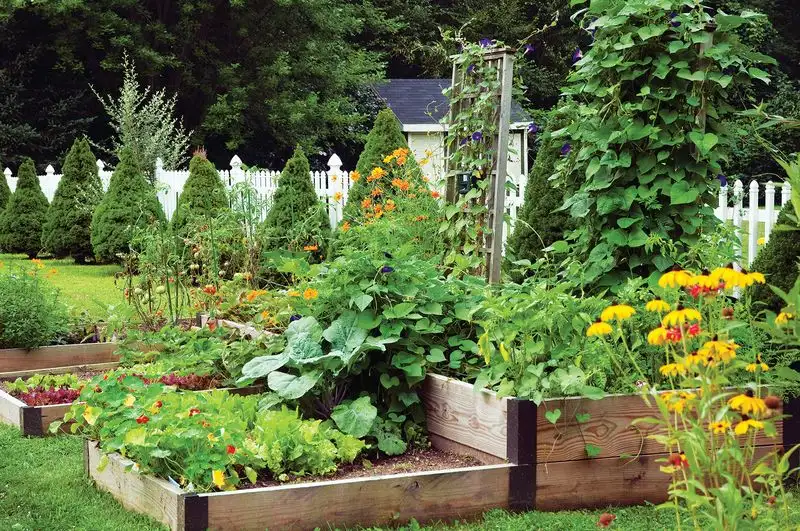
Did you know that marigolds can deter pests when planted near tomatoes? Learning which plants support each other is key. Companion planting is like matchmaking for your garden, where each pair has a purpose. For instance, basil can enhance the growth and flavor of tomatoes. Not only do these combinations improve plant health, but they also maximize space. Many beginners plant randomly, missing out on these benefits. Imagine a symphony where every instrument contributes harmoniously. That’s what a well-planned garden achieves, turning chaos into a thriving, balanced ecosystem.
Soil Testing: The Nutrient Detective
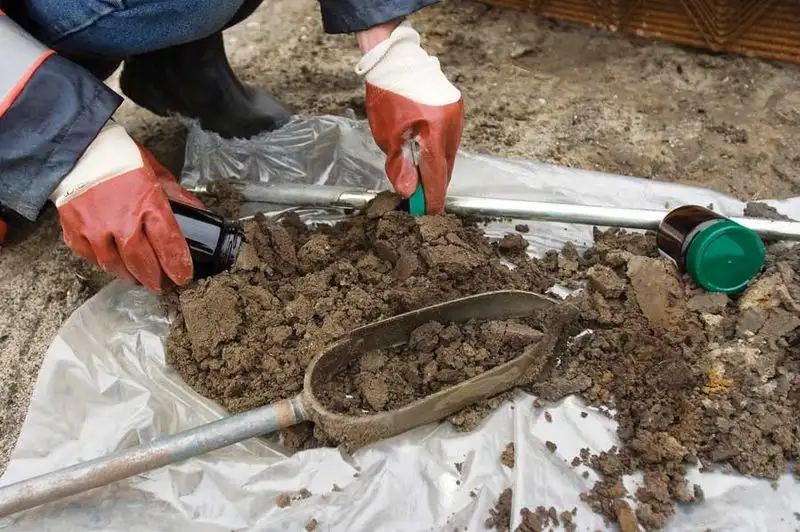
Understanding your soil is like knowing the foundation of your house. Before planting, experts check the soil’s pH and nutrient levels. This detective work ensures plants get the right environment to thrive. Many beginners skip this, leading to poor plant health. A simple soil test can reveal deficiencies, guiding amendments that enrich your garden. Think of it as a health check-up for your soil. By addressing imbalances, you set the stage for robust growth. The right soil conditions can make the difference between a flourishing garden and a struggling one.
Mulching: Nature’s Blanket
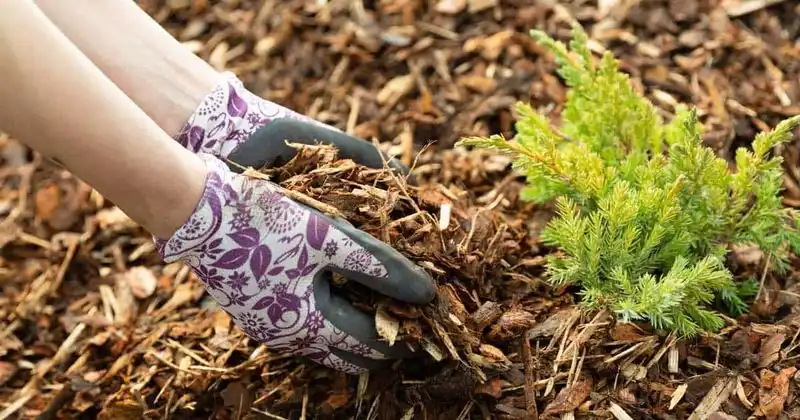
Mulching goes beyond aesthetics; it’s a practical way to retain moisture and regulate soil temperature. By covering soil with organic materials like straw or leaves, gardeners create a protective layer. This practice reduces evaporation and suppresses weeds, giving plants an easier path to grow. Beginners often overlook mulching, underestimating its impact. A well-mulched garden feels like a cozy, protected space for plants. Imagine wrapping your garden in a warm blanket, shielding it from harsh elements. It’s a simple habit that ensures healthier plants without constant watering.
Crop Rotation: The Soil Saver
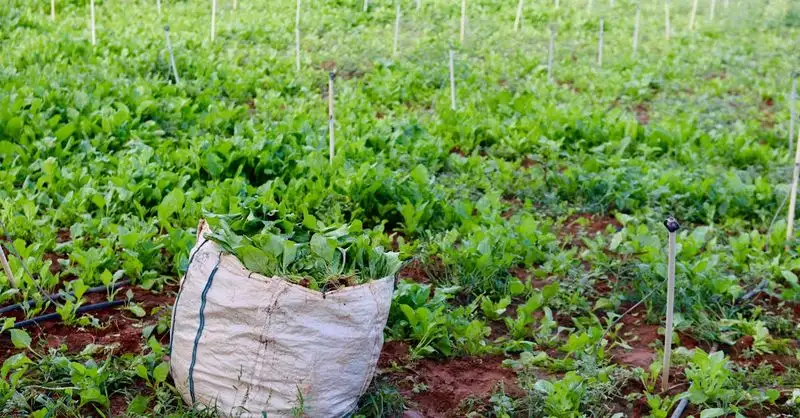
Crop rotation is not just for farmers. It’s a sustainable practice that prevents soil depletion and reduces pests. By changing what you plant each season, you give soil a chance to recover and disrupt pest life cycles. Many beginners plant the same crops repeatedly, which can lead to problems. Picture a dance where partners change, keeping the floor dynamic and balanced. That’s crop rotation in a garden. It enhances soil fertility and keeps your plants robust. Over time, this habit leads to a more resilient and productive garden.
The Art of Pruning
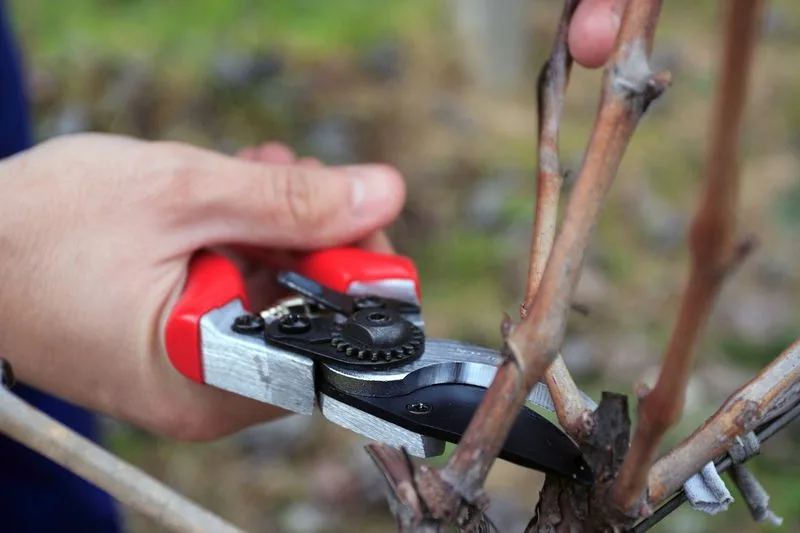
Pruning is more than just trimming. It’s an art that shapes plants, encouraging growth and health. By removing dead or overcrowded branches, you allow light and air to penetrate, fostering a stronger structure. Many novices fear pruning, worried they’ll harm plants. However, with the right technique, it’s a rejuvenating process. Visualize sculpting a masterpiece, each cut deliberate and beneficial. Pruning not only enhances beauty but also boosts fruit and flower production. With practice, this habit becomes intuitive, turning you into a confident garden artist.
Compost: The Magic of Recycling
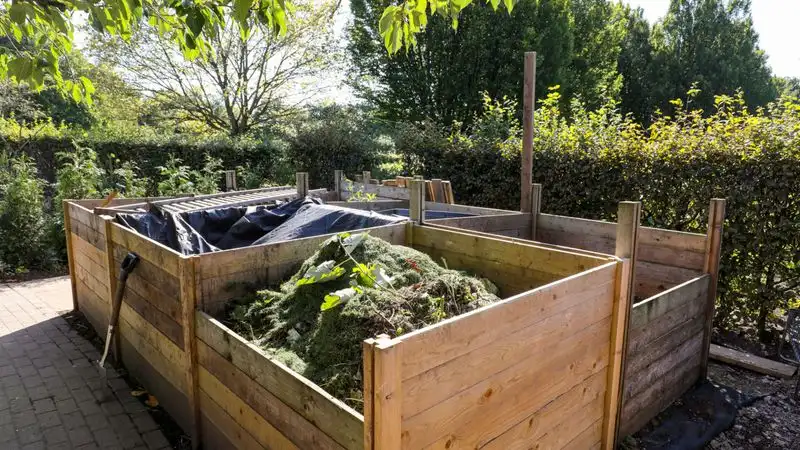
Turning kitchen scraps and garden waste into compost is like creating black gold for your plants. Compost enriches soil, providing essential nutrients that synthetic fertilizers can’t match. Beginners often hesitate, unsure about the process. Yet, starting a compost pile is straightforward and rewarding. Imagine transforming leftovers into a nourishing feast for your garden. This habit reduces waste and enhances soil quality, promoting vigorous plant growth. Composting is nature’s way of recycling, closing the loop in your garden. Over time, you’ll notice a significant difference in plant health.
Beneficial Insects: Nature’s Ally
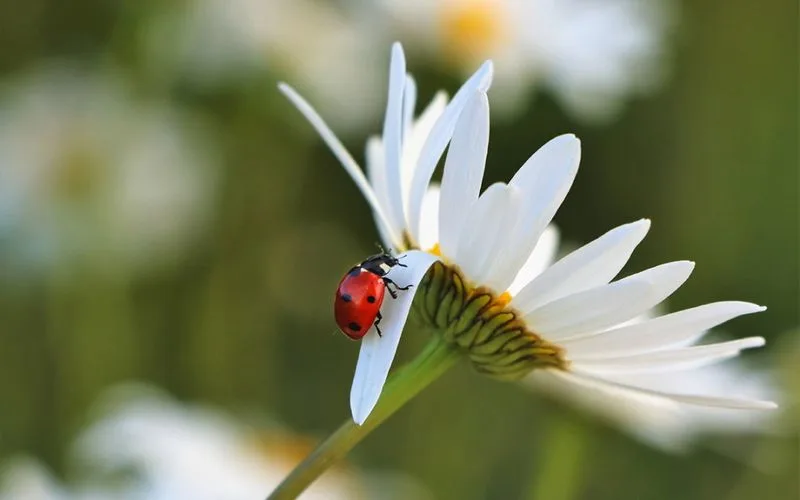
Not all bugs are pests. Encouraging beneficial insects like ladybugs and bees can boost your garden’s health. These insects control pests and pollinate plants, reducing the need for chemicals. Beginners may shy away, fearing all insects are harmful. Creating a habitat for these allies turns your garden into a balanced ecosystem. Picture a garden buzzing with life, where each insect plays a role in plant health. It’s a partnership with nature, supporting growth and vibrancy. With time, you’ll recognize the value of these tiny helpers in maintaining a thriving garden.
Watering with Precision
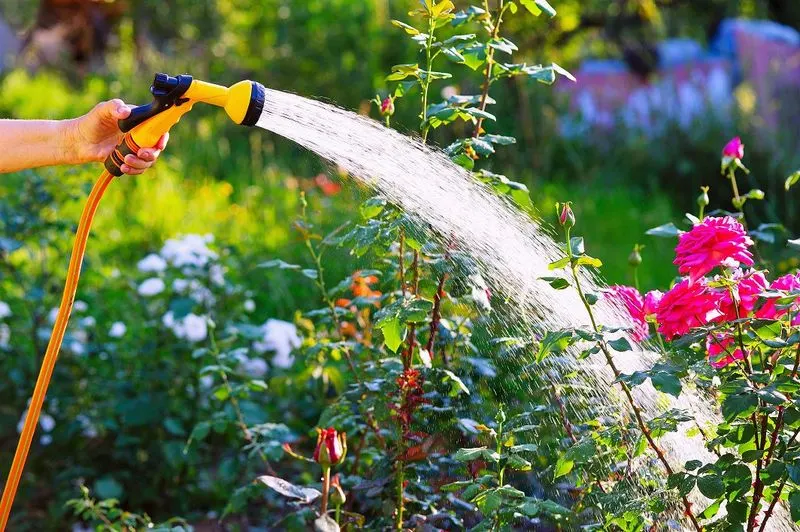
Watering isn’t just about quenching thirst; it’s about timing and technique. Experts know when and how much to water, avoiding waste and promoting deep root growth. Many beginners overwater, unaware of the harm it can cause. Using methods like drip irrigation conserves water and delivers it directly to roots. Think of it as a personalized hydration plan for your plants. This precision ensures they receive just the right amount, enhancing resilience and reducing disease. With practice, watering becomes a mindful, efficient ritual that supports healthy plant development.
The Zen of Weeding
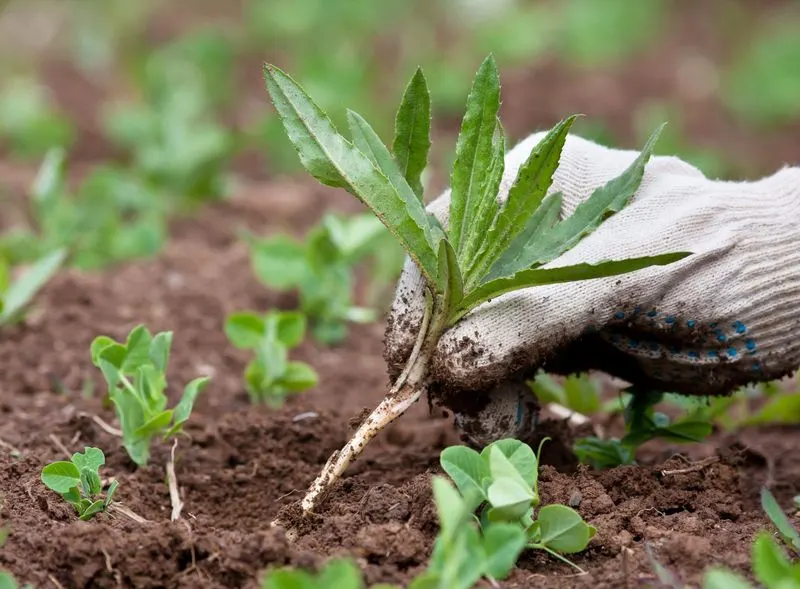
Weeding is often seen as a chore, yet it can be a meditative act that benefits your garden. Removing weeds by hand ensures they don’t compete with plants for nutrients. Many skip this, leading to nutrient-deficient plants. Imagine each weed you pull as a step towards a healthier garden. This habit keeps the soil healthy and plant competition low. Over time, it becomes a relaxing routine, allowing you to connect with your garden. As weeds diminish, you’ll notice a flourishing, vibrant space, free from the stress of invasive plants.
Seed Saving: The Legacy Keeper
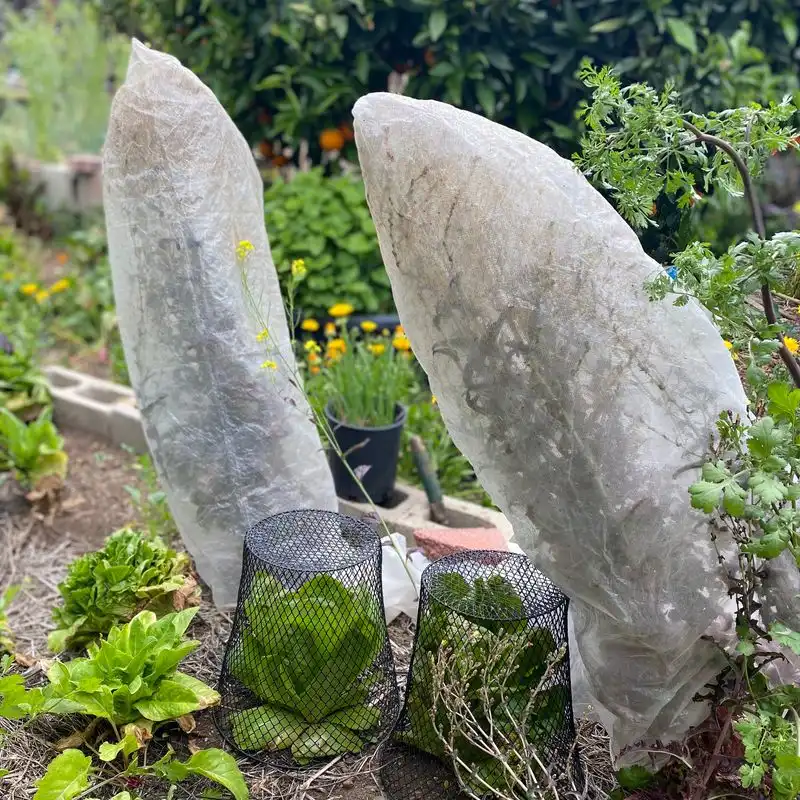
Collecting and preserving seeds is like holding onto a piece of history. This practice ensures plant varieties continue, especially heirlooms. Many beginners buy new seeds each season, missing this sustainable practice. By saving seeds, you adapt plants to your garden’s conditions over time. Picture a legacy where each seed holds the story of your garden. This habit fosters a deeper connection to your plants, turning your garden into a personal archive. As seasons pass, you’ll cultivate resilience and diversity, enriching your garden’s ecosystem with each saved seed.
Netting: The Garden Protector
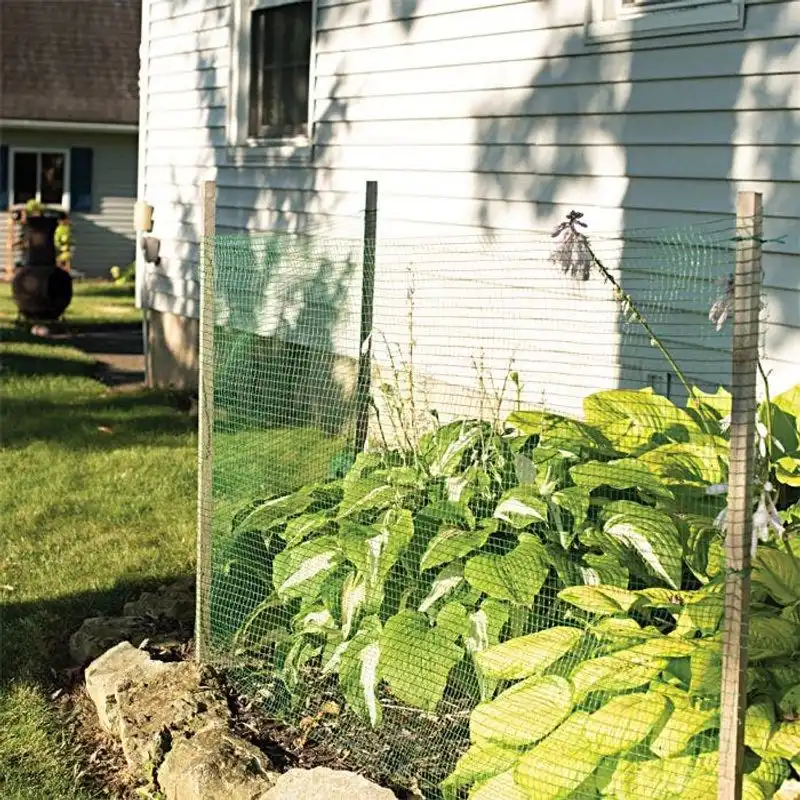
Netting provides a physical barrier against pests, safeguarding your precious crops. It’s a straightforward solution often overlooked by beginners. By using nets, you prevent birds and insects from damaging plants without chemicals. Think of it as a security system for your garden. This habit protects vulnerable plants, ensuring they reach maturity unharmed. Over time, you’ll appreciate the reduced need for pest control, enjoying a bountiful harvest. Netting allows you to grow sensitive crops with confidence, knowing they’re shielded from potential threats.
The Art of Deadheading
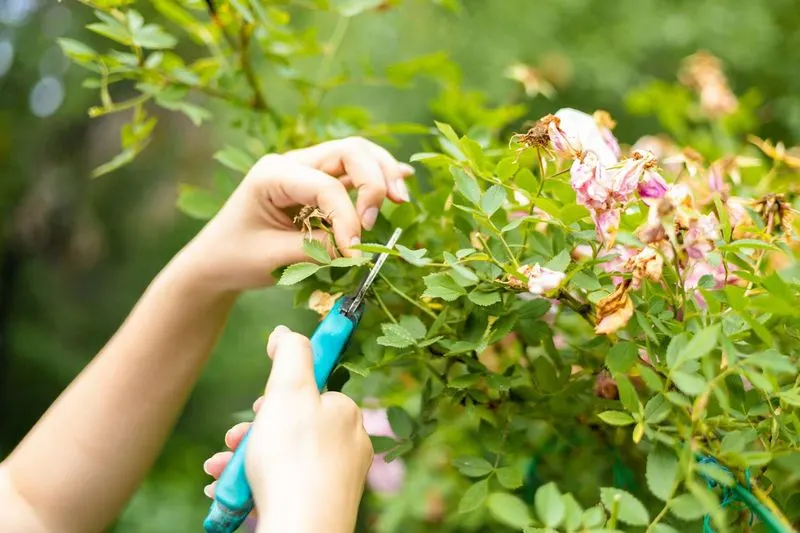
Deadheading is the practice of removing spent blooms to encourage new growth. This simple act can prolong flowering and prevent plants from wasting energy on seed production. Beginners often overlook this, missing out on extended blooms. Imagine each snip as an invitation for more blossoms. By deadheading, you maintain the garden’s aesthetics and vitality. It’s like giving your garden a fresh start, promoting continuous color. The more you practice, the more intuitive it becomes, turning your garden into a lively, ever-blooming space. This habit enhances both beauty and productivity.
Staking: Support for Growth
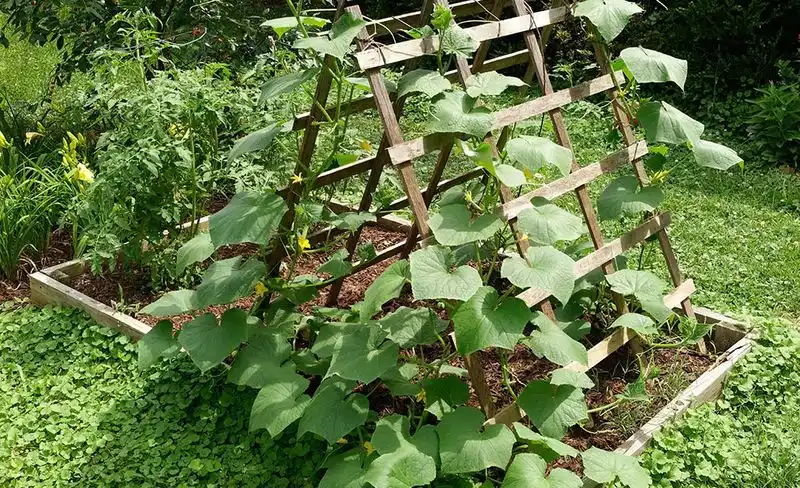
Staking provides essential support to plants, preventing damage from wind and encouraging upright growth. This habit is crucial for vegetables like tomatoes and peppers. Many beginners neglect this, risking broken stems and reduced yield. Picture a gentle hand guiding a plant upwards, offering stability. Staking ensures plants grow strong and tall, maximizing sunlight exposure and air circulation. Over time, this practice leads to healthier plants and increased production. With proper support, your garden flourishes, transforming into an orderly, productive space. It’s a simple yet effective way to boost plant health.
The Timing of Planting
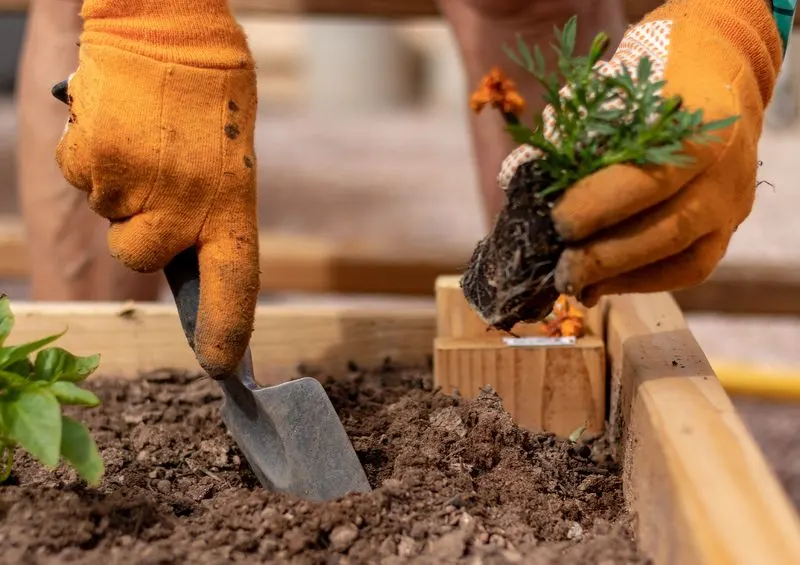
Planting at the right time is essential for success. Experts know when to sow seeds for optimal growth, considering climate and season. Beginners often plant too early or late, impacting yields. Imagine planting a seed when conditions align perfectly, like catching a wave at its peak. This practice ensures plants develop in harmony with their environment. A well-timed garden is more resilient and productive, reducing stress and enhancing growth. By following planting schedules, you set the stage for a bountiful harvest. It’s a strategic approach that pays off in the long run.
The Harmony of Pollinator Gardens
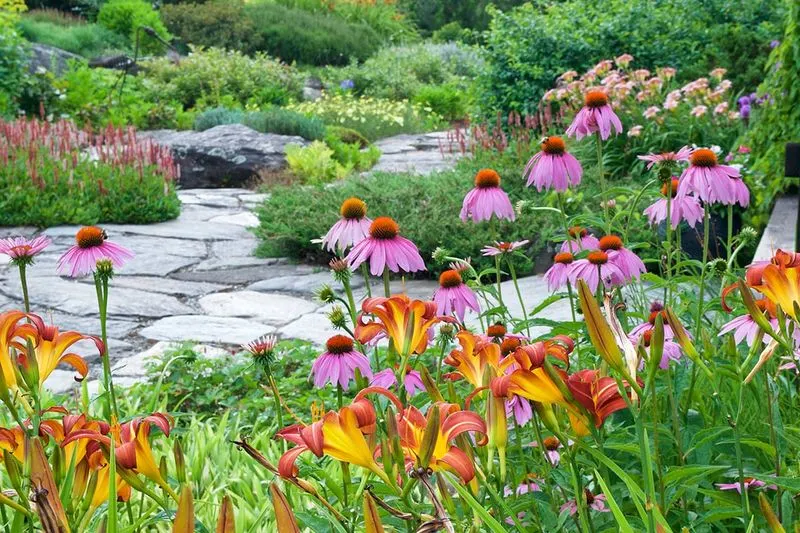
Creating a pollinator garden invites essential creatures like bees and butterflies to your space. These pollinators are crucial for plant reproduction, yet many beginners overlook their importance. Picture a garden buzzing with life, each flower contributing to biodiversity. This habit fosters a healthy ecosystem, supporting plant health and yield. Over time, a pollinator-friendly garden becomes a lively, colorful sanctuary. With the right plants, you attract beneficial insects, reducing the need for artificial pollination. It’s a natural, rewarding way to boost your garden’s vibrancy and productivity.
Rainwater Harvesting: Sustainable Watering
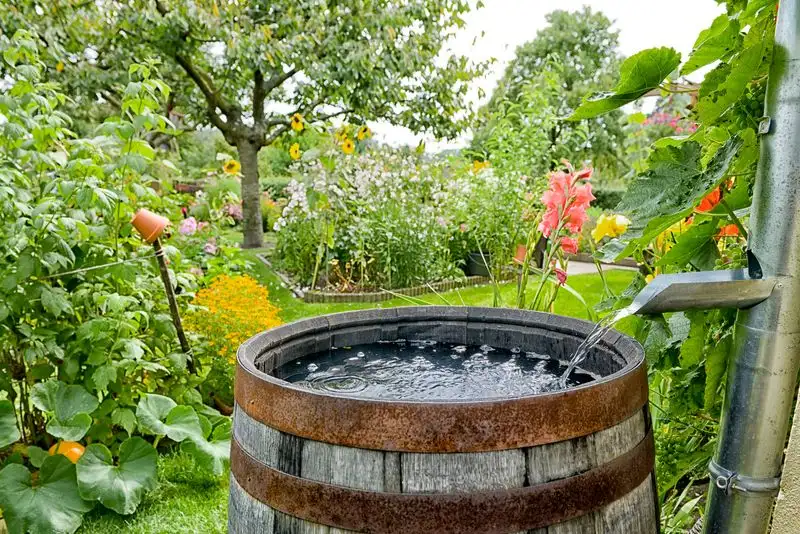
Harvesting rainwater is an eco-friendly method to water your garden. By collecting rain, you reduce dependency on mains water and lower costs. Beginners often overlook this sustainable practice. Imagine using nature’s gift to nourish your plants, promoting growth even during dry spells. This habit conserves resources and ensures a consistent water supply. Over time, you develop a self-sustaining garden that thrives regardless of weather conditions. It’s a green investment that supports both your garden and the planet. With simple equipment, you contribute to a more sustainable future.
The Balance of Fertilizing
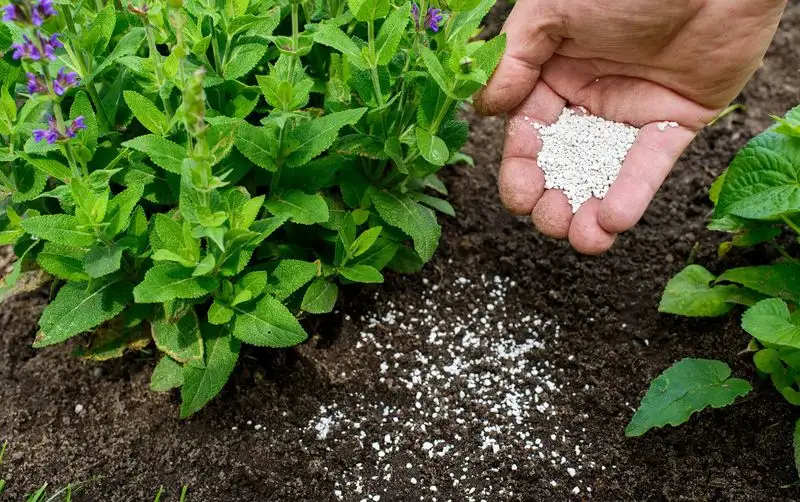
Fertilizing is an art of balance. Experts know the right amount and type needed for robust growth. Over-fertilizing can harm plants, yet beginners often apply too much or too little. Picture nurturing a plant with just the right nutrients, like seasoning a dish to perfection. This practice ensures plants receive essential elements without excess. By choosing organic fertilizers, you enhance soil health and plant growth sustainably. Over time, this habit leads to a thriving garden, rich in productivity. Understanding fertilization balance is key to a vigorous, bountiful garden.
Growing Native Plants
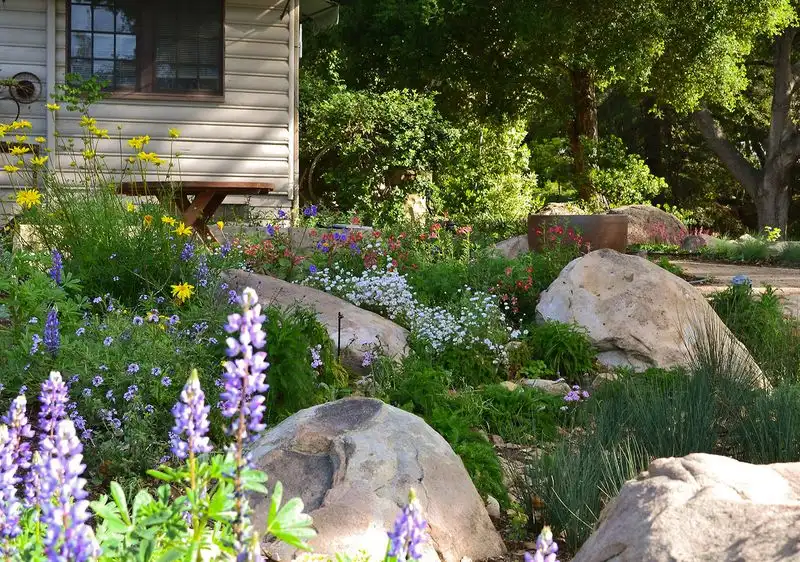
Native plants are adapted to local conditions, requiring less care and resources. Choosing them ensures your garden thrives with minimal intervention from you. Beginners often opt for exotic species, unaware of the challenges they present. Visualize a garden in harmony with its environment, resilient to local pests and weather. This habit fosters biodiversity and supports local wildlife. Over time, a native plant garden becomes a sustainable paradise, requiring less water, fertilizer, and maintenance. It’s a natural way to cultivate beauty and resilience, embracing the uniqueness of your region.
Creating Microclimates
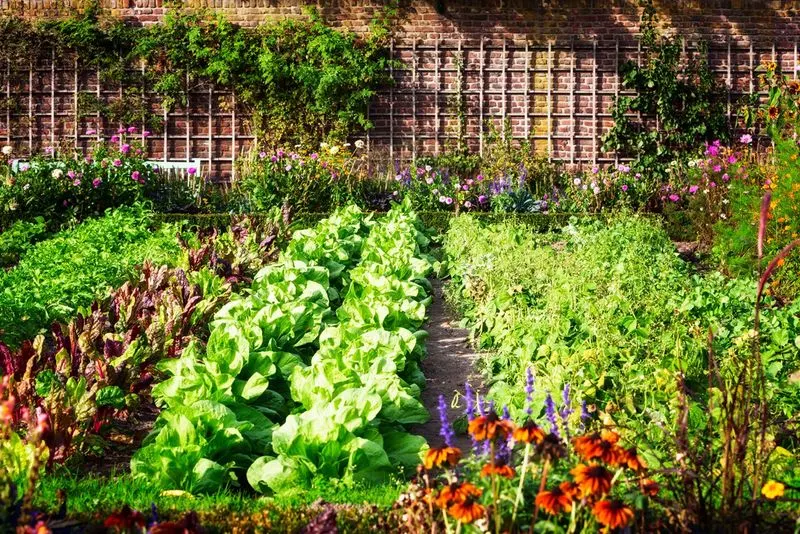
Microclimates are small areas with varying conditions within your garden. By understanding and creating them, you can grow a wider range of plants. Beginners may plant uniformly, missing out on these opportunities. Picture a garden with pockets of shade and sun, each supporting different species. This habit allows you to optimize conditions, fostering diversity and resilience. Over time, your garden becomes a dynamic, adaptable ecosystem. By leveraging microclimates, you enhance plant health and increase your garden’s potential. It’s a strategic way to make the most of your space.

